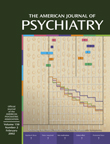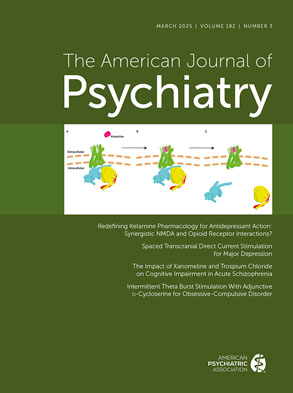To the Editor: Pramipexole is a dopamine agonist that is active primarily at the dopamine D3 receptor but also at D2 and to a lesser extent at D4. It was introduced for the treatment of idiopathic parkinsonism.
I noticed the use of pramipexole for the treatment of depression in a note in Psychiatry Drug Alerts. Initial reports suggested the use of pramipexole as an augmentation for current treatment with antidepressants—later and more hesitantly it was suggested as primary therapy. I am aware of no systematic large-scale studies of pramipexole as a treatment for depression.
My small group included 22 patients, 11 of each gender, who were treated in the course of psychoanalytic psychotherapy. They ranged in age from 20 to 60 years. They received treatment from less than 1 month to more than 6 months. In eight instances, pramipexole was combined with other antidepressant medications. Twenty of these patients had depression with another diagnosis on the manic-depressive spectrum, including borderline personality disorder. Two patients were severely inhibited, with profoundly low self-esteem. Eight experienced rapid cycling. The patients gave their oral assent to participate in the study.
After treatment with pramipexole, 13 of the 22 patients experienced complete or impressive alleviation of their depressive state; six were taking pramipexole alone, and seven had pramipexole added to their current antidepressant regimen, which had previously been ineffective. In five other patients, the illness was more complex and usually involved cycling—rapid or intermediate—accompanying borderline personality or bipolar disorder. Pramipexole contributed significantly to alleviation of the depressive component of the illness, but that was not enough to resolve the complex clinical picture of these five patients. One patient had to stop taking the drug at a dose of 3 mg/day because of unacceptable side effects; he received no therapeutic benefit at lower doses. Three patients could not tolerate the drug at all. In all, five patients could take no more than 0.5 mg/day or did well with less, four did well taking 0.5–1.0 mg/day, eight required 1–3 mg/day, and five required more than 3 mg/day. No patient took more than 4.5 mg/day.
The study group included three women who could tolerate no antidepressants; neither could they tolerate pramipexole. One complained of confusion, a second of sleepiness, and a third of “wired” and “spacey” sensations. For two of the women, even a small fraction of a tablet produced side effects. The other woman took no more than 0.5 mg t.i.d.
It was necessary in most cases to increase the dose over time as tolerance developed. However, tolerance did not develop any more quickly than with other antidepressants. Whenever a patient reached a maximum dose of 4.5 mg/day of pramipexole, if it was necessary to augment the dose, I added another antidepressant. In no case did pramipexole seem to become completely ineffectual. Side effects were relatively few and included nausea, sleepiness, and unremitting alertness, which for some patients led to a sleep deficit.
I infer from this study that pramipexole possesses significant antidepressant potency and is no less effective than any of the other antidepressants in use. It has relatively few side effects, has high patient acceptability, and is no more likely to require larger doses than any other antidepressant. I hesitate to prescribe it as a first-line treatment for depression because patients do not welcome having to take medication three times a day.
Recently, I have been prescribing ropinirole, which is similar to pramipexole except that it possesses some opioid characteristics. In the few months that I have been prescribing it, I find that patients prefer it to pramipexole and that it is more likely to raise self-esteem than pramipexole or conventional antidepressants. However, it seems to induce sleepiness as a side effect more often than does pramipexole.

